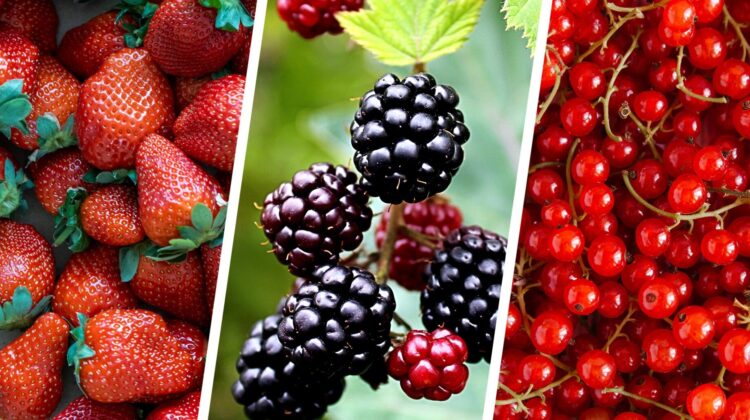
THERE’S SO MUCH MORE TO SNACK ON THAN STRAWBERRIES
Your love for blueberries, strawberries, blackberries and raspberries runs deep. But there are tons of berry species you *won’t* find on store shelves. If you go by the botanical definition—that a berry is a pit-free, fleshy fruit produced from a single flower containing one ovary—everything from bananas to chili peppers to watermelons counts as a berry. So, with a meaning that broad, what is a berry, really?
Colloquially, we tend to use the word “berry” for nutrient-rich, juicy, round, soft-fleshed fruits. They generally contain seeds, plus a slew of antioxidants, vitamins and minerals that can boost your memory, reduce inflammation and more. Here, you’ll find 30 types of berries to enjoy raw, in baked goods, jams, smoothies and beyond, plus input from Dr. Felicia Stoler, DCN, a registered dietitian, nutritionist and exercise physiologist, about some of their health benefits.
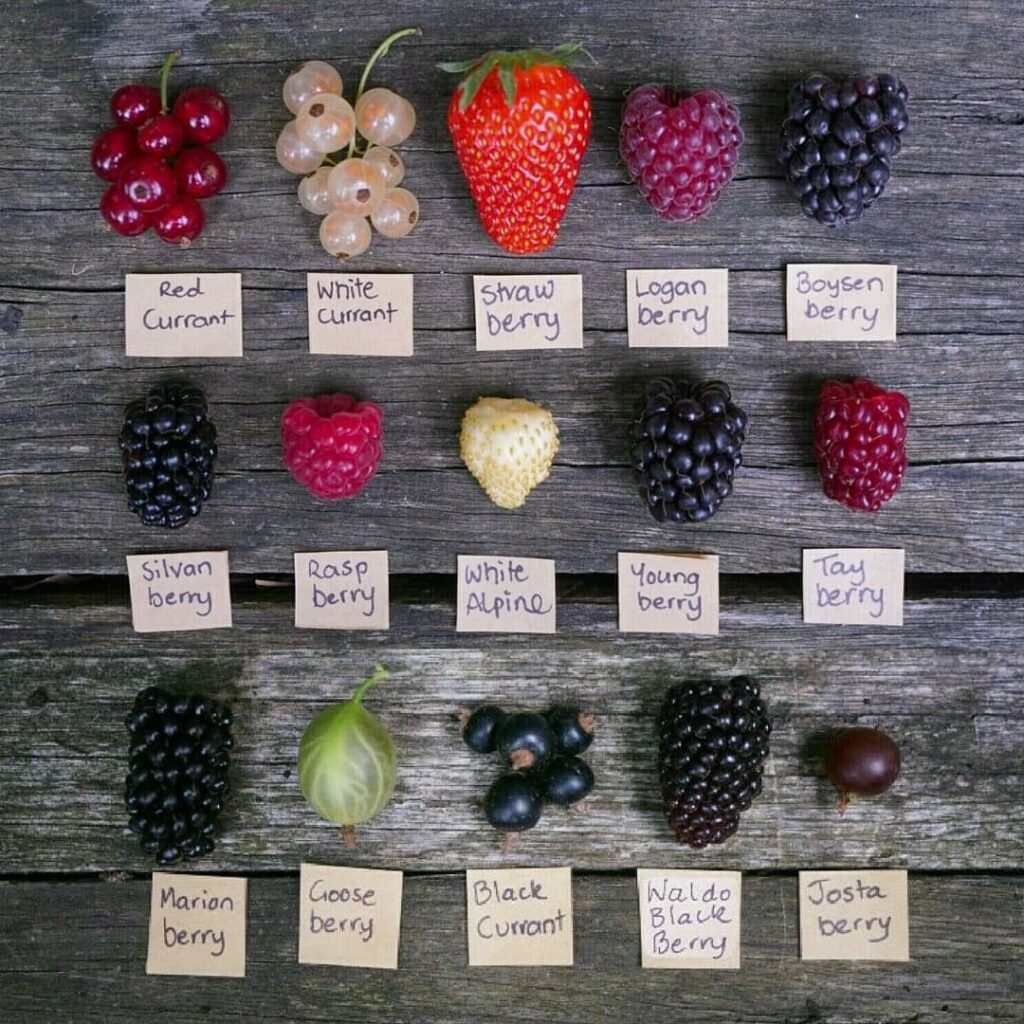
How Many Types of Berries Are There?
Despite the slim pickings at the supermarket, there are dozens upon dozens of different berry species in the world. (More than 400 of them, to be exact.) They range in size, color, flavor and utility, plus come from all over the globe. “Eating a variety of berries is even better than focusing solely on just one type,” says Stoler.
Berries can be enjoyed fresh, frozen or dried; all forms are healthy, but raw berries are the most hydrating. While many are safe to eat, some wild berries contain toxic compounds that could cause symptoms like nausea, vomiting, stomach cramping or even death. So, be sure to research the berries you pick before eating them. (However, if you buy them at the grocery store or farmers market, you can assume they’re safe to eat.)
What Are the Healthiest Berries?
It’s tough to say any are objectively healthier than others. Most berries are rich in antioxidants, vitamins and minerals, as well as fiber. Their superpowers differ (for instance, strawberries are teeming with vitamin C, while blackberries boast more than 7 grams of fiber per serving), but none of them are unhealthy. Studies show that berries in general can help control blood sugar, support eye and heart health, reduce inflammation and even protect against Alzheimer’s.
“Berries are loaded with vitamins, minerals, water, fiber, phytonutrients (the plant pigments that are responsible for their color) and carbohydrates,” says Stoler. “They have anti-inflammatory, antioxidant, anti-cancer and immune benefits. All berries help to reduce the risk of cancer, stroke, diabetes and heart disease, [plus] improve skin health, immune function, gut health and overall nutrition. The only reason to avoid them is if you are allergic or if they cause G.I. distress.”
30 TYPES OF BERRIES TO EAT
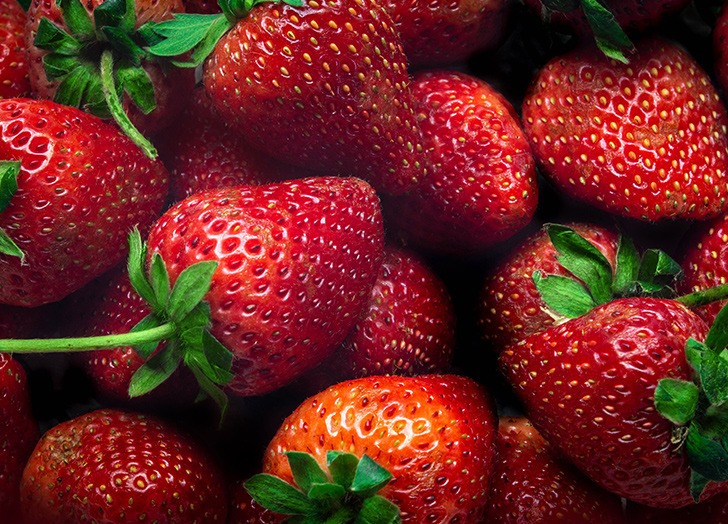
1. Strawberry
- Scientific name: Fragaria x ananassa
- Taste: Sweet, juicy, slightly acidic
Health benefits: Bring on the antioxidant, polyphenol and anti-inflammatory perks. Due to their abundant flavonoids (which are natural compounds found in plants that protect the body against everyday toxins), regularly eating strawberries may help curb cognitive decline. You can eat more than just the berry, too: Strawberry tops (the leaves) have been proven to aid gastrointestinal discomfort and joint pain. Try infusing water or vinegar with strawberry leaves, tossing them in a smoothie or steeping them in boiled water to make tea.

2. Blueberry
- Scientific name: Cyanococcus
- Taste: Sweet, floral, sometimes sour
Health benefits: Blueberries are loaded with heart-healthy potassium, folate, fiber and vitamin C. Like strawberries, blueberries boast plenty of memory-boosting antioxidants and anti-inflammatory properties. Studies show that they might delay cognitive aging as well, thanks to their high flavonoid levels.
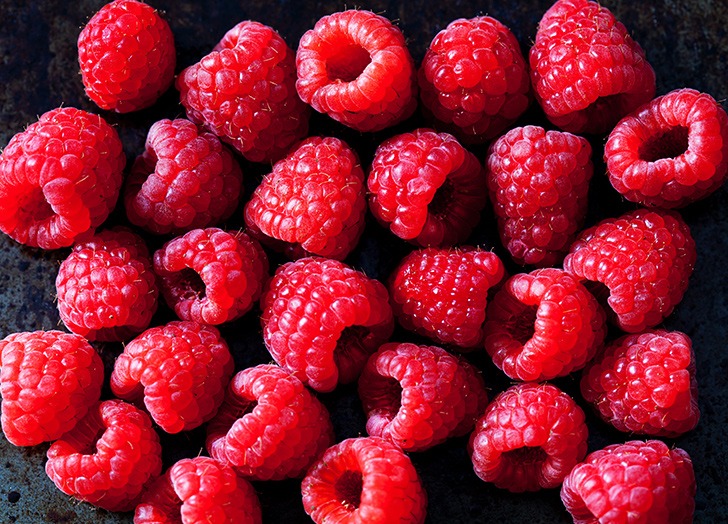
3. Raspberry
- Scientific name: Rubus idaeus
- Taste: Tart-sweet
Health benefits: Not only do raspberries have 8 grams of fiber per serving, but they’re packed with diverse antioxidants and anti-inflammatory phytonutrients. Research shows that they can help better manage type-2 diabetes and obesity. Their leaves are also loaded with healing properties that have been used to reduce pregnancy side effects for centuries, including nausea and vomiting. Red raspberry leaf tea is touted to strengthen the uterus, shorten labor, reduce complications and prevent postpartum bleeding.
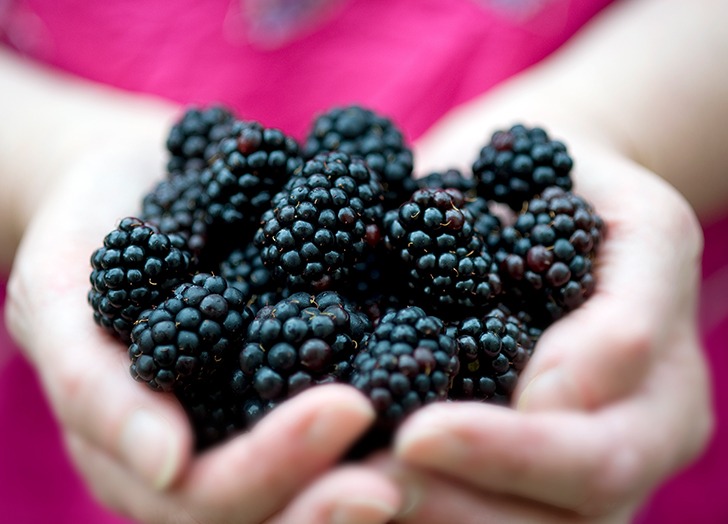
4. Blackberry
- Scientific name: Rubus
- Taste: Tart-sweet, sometimes sour
Health benefits: One cup of blackberries contains about 2 grams of protein and an impressive 8 grams of fiber. Each serving also boasts half your daily recommended amount of vitamin C, as well as antioxidants and brain-boosting polyphenols.

5. Cranberry
- Scientific name: Vaccinium subgenus Oxycoccus
- Taste: Tart, bitter
Health benefits: Cranberries are rich in antioxidants and have anti-inflammatory properties. Regular consumption of raw cranberries is reported to boost the health of the urinary tract, digestive system and immune system. They could also potentially reduce your risk of cancer, ulcers and degenerative diseases rooted in cell damage.
Since most people don’t eat these raw, you may choose to consume them juiced. “Note that many cranberry juice brands are cranberry juice cocktail, not 100 percent fruit juice, meaning sugar has been added to balance out the sour flavor,” adds Stoler.
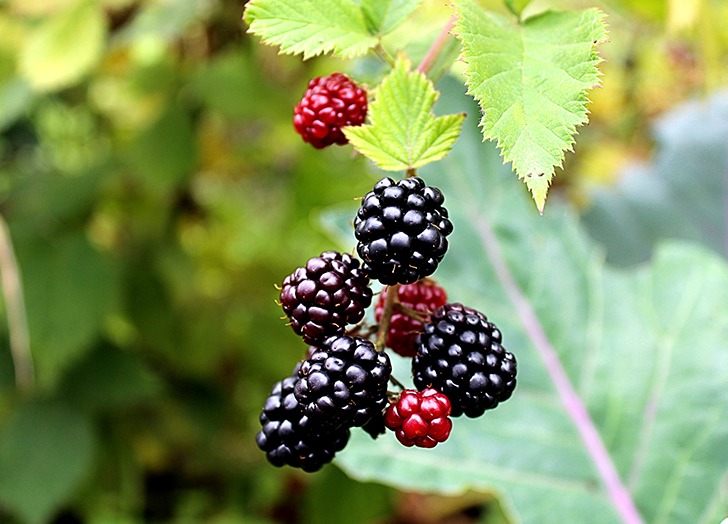
6. Boysenberry
- Scientific name: Rubus ursinus x Rubus idaeus
- Taste: Sweet, tangy, floral
Health benefits: Boysenberries—a cross between a raspberry, blackberry, dewberry and loganberry—are packed with fiber, vitamins and minerals. Research shows that they can help lower blood pressure and aid in preventing fat absorption in the gastrointestinal tract. Since they have lots of antioxidants like other berries, boysenberries can help you maintain a healthy brain and protect against cognitive aging, cell damage and Alzheimer’s.
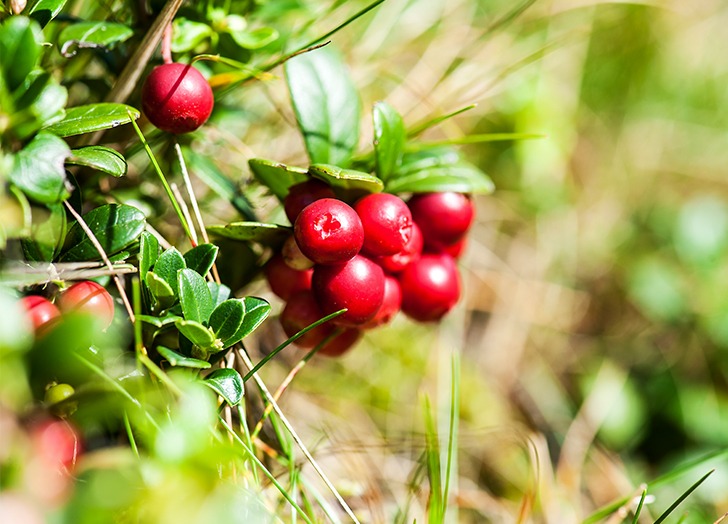
7. Lingonberry
- Scientific name: Vaccinium vitis-idaea
- Taste: Sour, slightly sweet
Health benefits: Like most berries, lingonberries are high in antioxidants, flavonoids and anti-inflammatory agents. One serving packs a whopping 139 percent of your daily recommended manganese, a mineral that helps the body form connective tissue, bones and hormones. Lingonberries may also aid in gut, eye and heart health, promote healthy blood sugar levels and help with weight control.
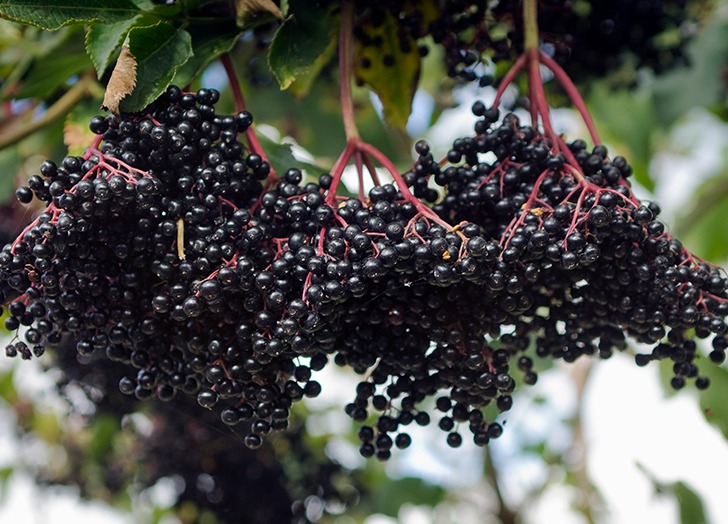
8. Elderberry
- Scientific name: Sambucus
- Taste: Tart-sweet, earthy, bright
Health benefits: Elderberries, which grow on the same tree as elderflowers, are most beloved for their immune-boosting properties. “They have gained notoriety for their immune benefits, especially during Covid,” says Stoler. Elderberry syrup, tea and supplements are purported to shorten colds and reduce the respiratory symptoms that come with them. They’re loaded with antioxidants, vitamins A and C and minerals like potassium, phosphorus, iron and copper, so it’s no surprise they’ve been used as medicine for centuries.
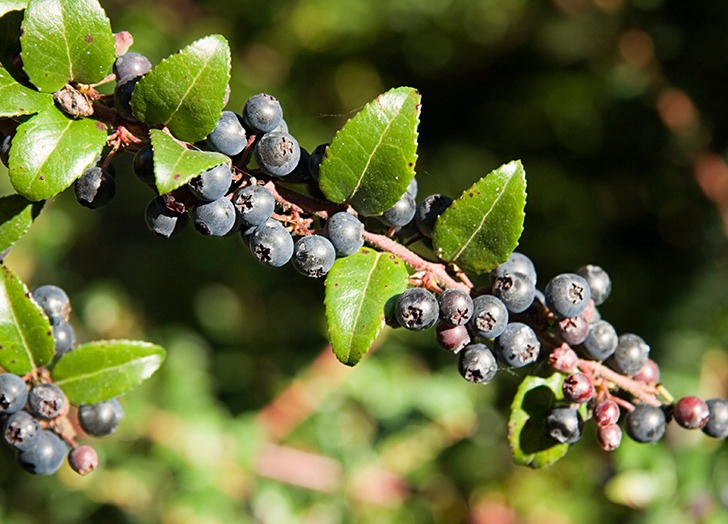
9. Huckleberry/Bilberry
- Scientific name: Vaccinium
- Taste: Sour, bitter, sweet
Health benefits: Huckleberries are similar to blueberries in appearance but contain less sugar, and hence have a bitterer flavor. They’re rich in fiber, vitamins A, B and C, antioxidants and iron. Huckleberries are also known for their ability to lower cholesterol and protect the body against heart disease, varicose veins, glaucoma and muscular degeneration.
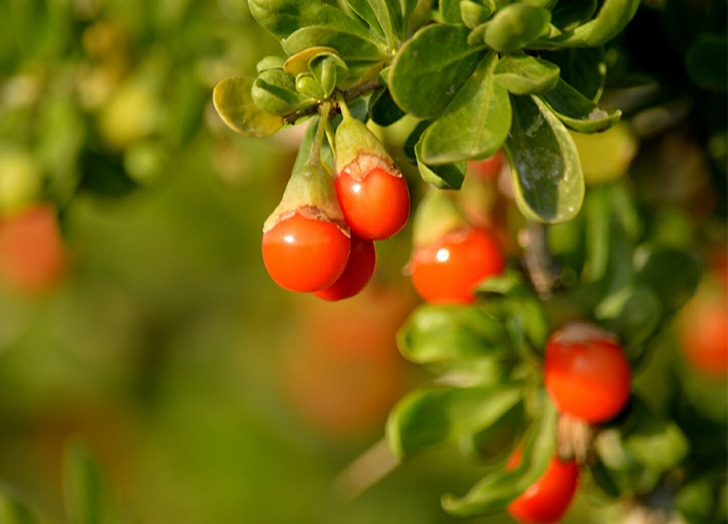
10. Goji Berry/Wolfberry
- Scientific name: Lycium barbarum
- Taste: Bittersweet when raw; tart-sweet and slightly bitter when dried
Health benefits: Hailing from Asia, goji berries have been used in traditional Chinese, Korean, Vietnamese and Japanese medicines since at least the third century. They’re most commonly sold dried in the U.S. and used as a health food, due to their containing 19 amino acids. Goji berries also have a ton of iron, zinc, calcium and antioxidants.
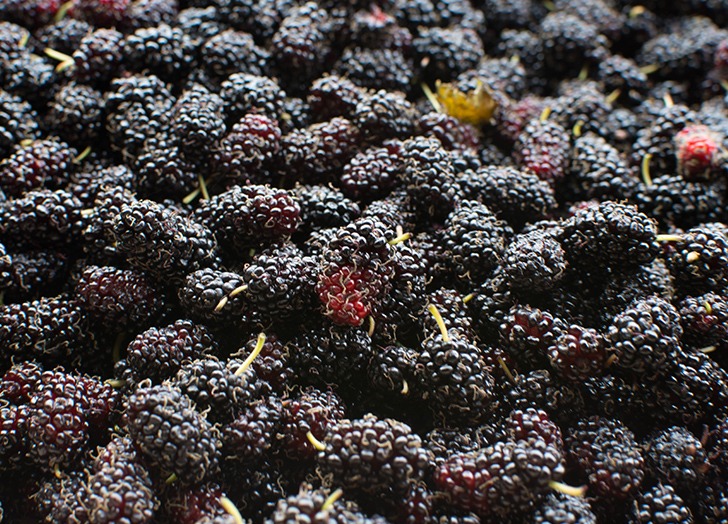
11. Black Mulberry
- Scientific name: Morus nigra
- Taste: Tart-sweet, woody
Health benefits: Similar to blackberries, black mulberries are great for pies and jams, and are especially popular in Southern U.S. kitchens. They’re loaded with antioxidants and polyphenols, which may help you maintain good cholesterol and cardiovascular health, plus prevent obesity. Mulberries can also improve blood sugar and reduce your risk for cancer by decreasing oxidative damage in your cells and tissues.
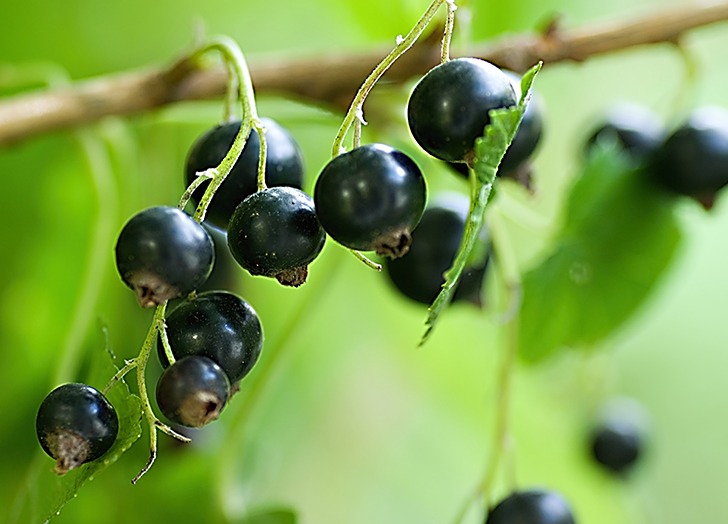
12. Black Currant
- Scientific name: Ribes nigrum
- Taste: Tart and earthy when raw; sweet when dried
Health benefits: Usually available dried today, black and red currants weren’t always easy to buy. “They were banned in the U.S. for many years because of a fungus that was associated with the bush they grow on, but they are slowly making a comeback,” says Stoler.
Black currants are known to boost kidney function, eye health and immunity. They are also higher in anthocyanins than red currants, a type of flavonoid that’s been said to aid in lowering blood pressure, preventing diabetes, improving vision, reducing cancer cell growth and more.
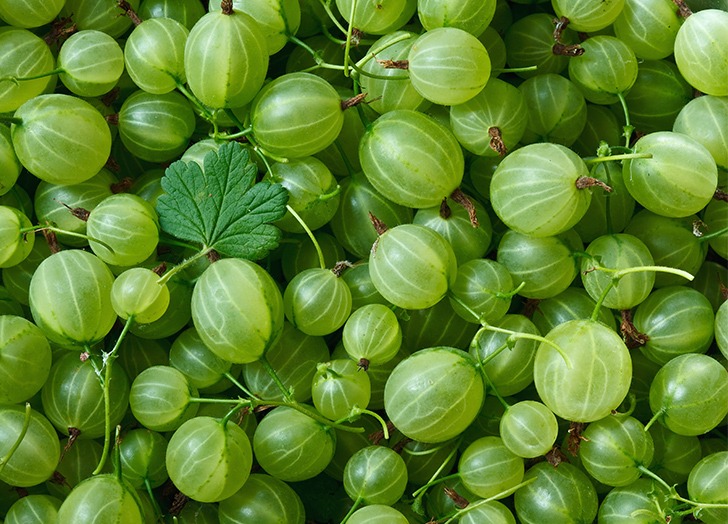
13. Gooseberry
- Scientific name: Ribes uva-crispa
- Taste: Acidic, sour, sweet
Health benefits: Fiber, vitamins, antioxidants, oh my! These are among the sourest berries you can eat, but their inflammation-fighting phytonutrient content makes them worth the pucker. Gooseberries also contain a solid amount of chlorogenic acid, which can help control your blood sugar levels, as well as copper, manganese and potassium. Typically, the darker the gooseberry, the higher anthocyanin content.
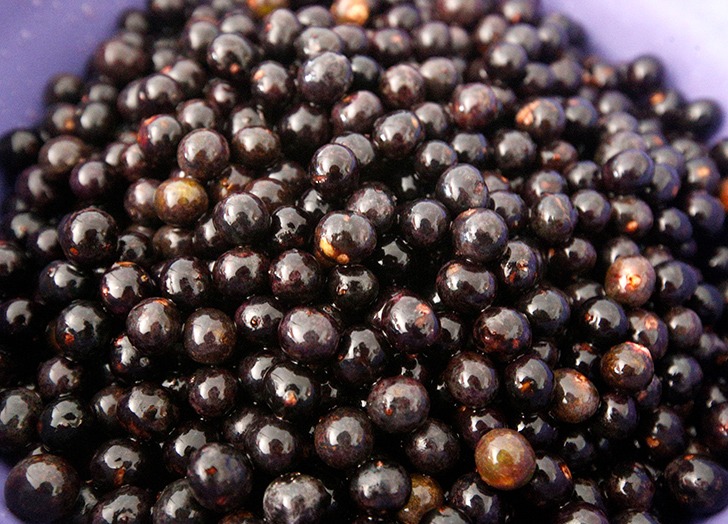
4. Açai Berry
- Scientific name: Euterpe oleracea
- Taste: Sweet, earthy, tart
Health benefits: Odds are you’ve tried a trendy açai bowl or smoothie, or even açai powder, but you’ve probably never eaten this berry raw. “These have a very short shelf life, which is why we don’t find them fresh,” says Stoler. “They require quite a bit of processing (soaking) to make their skins edible.”
Thanks to its protein and fiber content, açai is prime for boosting energy and keeping you full. It’s also been linked to improving blood circulation and preventing blood clots, as it’s purported to act as a sort of natural blood thinner that relaxes the blood vessels. The Brazilian superfruit is also loaded with antioxidants (three times the amount found in blueberries, to be exact) and could help boost brain function and healthy cholesterol.

15. Hardy Kiwi/Kiwi Berry/Siberian Gooseberry
- Scientific name: Actinidia arguta
- Taste: Tart, sweet, aromatic
Health benefits: These cuties taste like a fuzz-less kiwi, only more complex and acidic (though they still make a solid substitute for regular kiwis in most recipes). Kiwi berries are packed with vitamins, fiber, magnesium, potassium and antioxidants, like most of the berries on this list. One serving boasts five times the vitamin C of an orange, as well as 2 grams of protein and 8 grams of fiber.
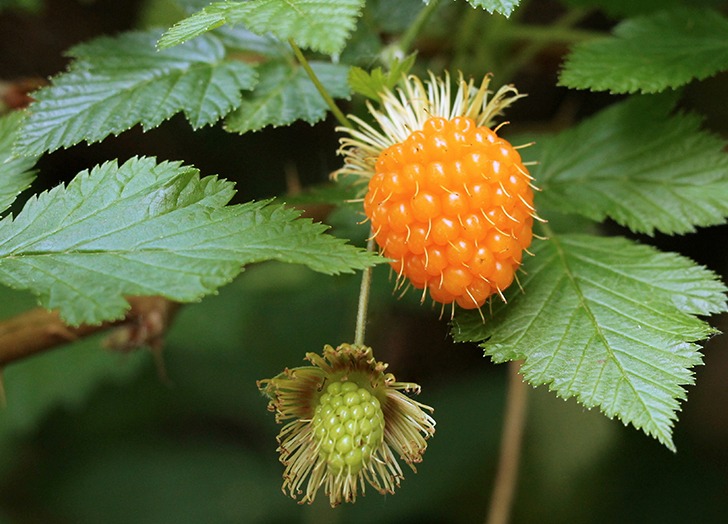
16. Salmonberry
- Scientific name: Rubus spectabilis
- Taste: Floral, sweet
Health benefits: Native to Alaska and Canada, the salmonberry looks a lot like a blush- or orange-colored raspberry. Like most other berries, they have solid fiber content but are low in calories, so they’ll keep you full without weighing you down. They’re also rich in polyphenols, which makes them great for indigestion, cardiovascular health and fighting diabetes.
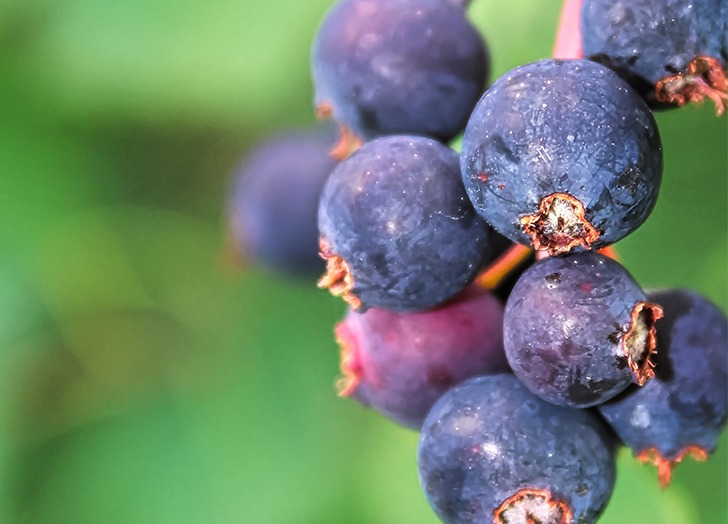
17. Saskatoon Berry/Juneberry
- Scientific name: Amelanchier alnifolia
- Taste: Sweet, nutty, earthy
Health benefits: They look a lot like blueberries but are softer and redder in color. Native to Alaska, Western Canada and parts of the U.S., saskatoon berries are rich in antioxidants and work wonders against inflammation and arthritis. Use them to boost your intake of magnesium, iron, potassium, calcium, copper and more.

18. Cloudberry
- Scientific name: Rubus chamaemorus
- Taste: Floral, tart, slightly sweet
Health benefits: These pretty berries can withstand cold weather like a charm, whether they’re growing in Maine, Scandinavia or even the Arctic Circle. Thanks to their many antioxidants, cloudberries are linked to strengthening bones, fighting anemia and detoxifying the body. They’re also high in protein compared to other berries, boasting nearly 3 grams per serving.
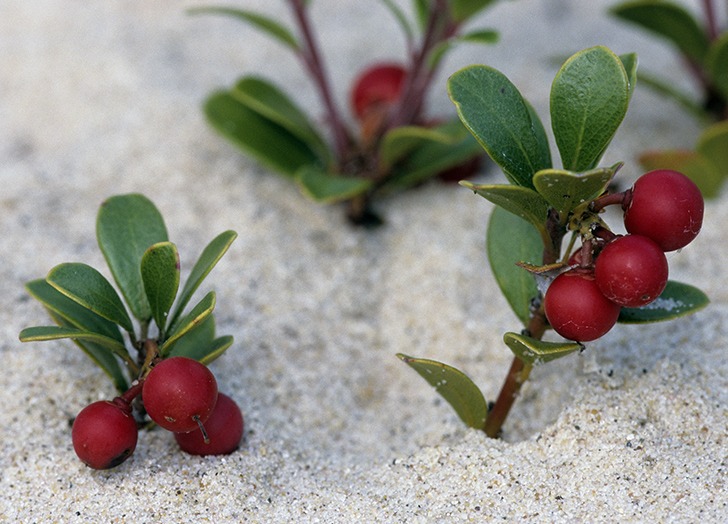
19. Bearberry
- Scientific name: Arctostaphylos uva-ursi
- Taste: Dry and bland when raw; sweeter when cooked
Health benefits: Though naturally found in Arctic and sub-Arctic zones around the globe, bearberries can be grown throughout the U.S. Indigenous people have used bearberry leaves in folk medicine for a long time, as they’re believed to relieve everything from headaches to kidney stones to back pain. They’ve also historically been used to treat bladder and urinary tract infections.
Ways to Use Them: Dry the leaves for tea, cook the berries down into sauce or add them to baked goods, like muffins, cakes or scones.
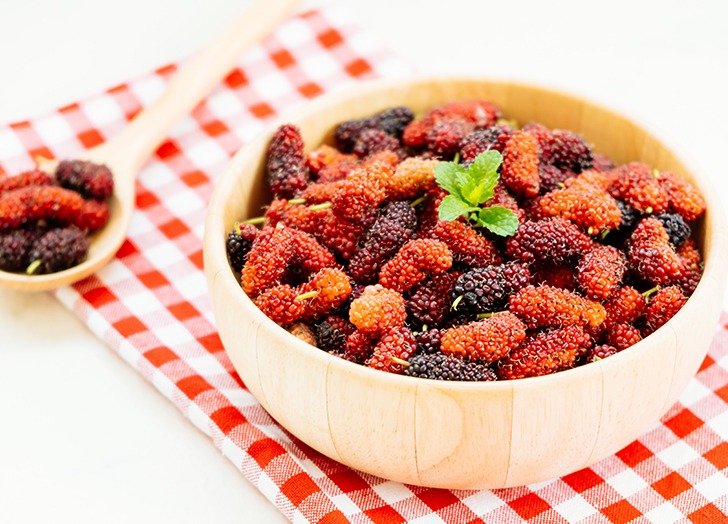
20. Red Mulberry
- Scientific name: Morus rubra
- Taste: Sweet, slightly tart
Health benefits: Similar to black mulberries that resemble blackberries, red mulberries look like long raspberries. Their fiber content may help you maintain a healthy cholesterol level and digestive system, while high amounts of iron and vitamin C could aid skin health, reduce your risk of heart disease and lower blood pressure. Tea made with mulberry leaves could also help lower blood sugar and reduce inflammation.
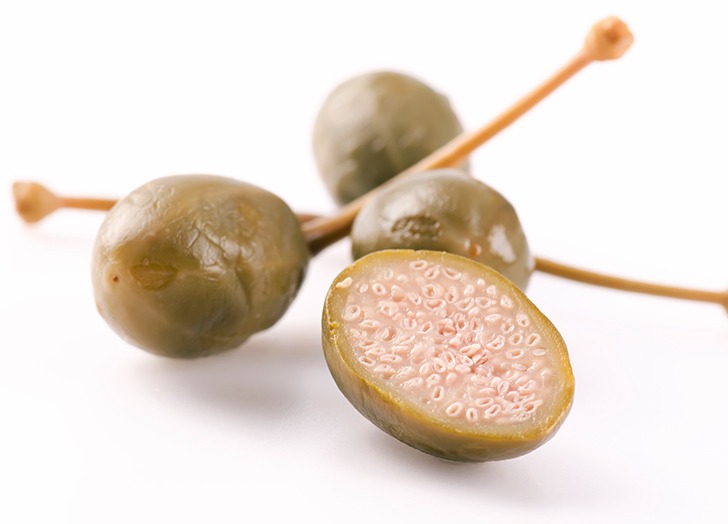
21. Caperberry
- Scientific name: Capparis spinosa
- Taste: Tangy, herbal, sharp
Health benefits: Capers are the pickled flower buds of the Mediterranean caper bush. If you let those buds grow instead of pickling them prematurely, they’ll mature into caperberries. Caperberries are rich in antioxidants, iron, calcium and vitamins A, B2 and K. They were used in ancient times as both medicine and an aphrodisiac.

22. Chokeberry/Aronia Berry
- Scientific name: Aronia
- Taste: Dry, bitter, sharp
Health benefits: Chokeberries are one of the most bitter, thanks to their notable tannins. Just like a glass of tannic red wine, they’ll leave your mouth feeling dry. When cooked or baked, they’re less intensely bitter. Some studies show that chokeberries are one of the best for cardiovascular health, and that their antioxidants help reduce inflammation, blood pressure and cholesterol.
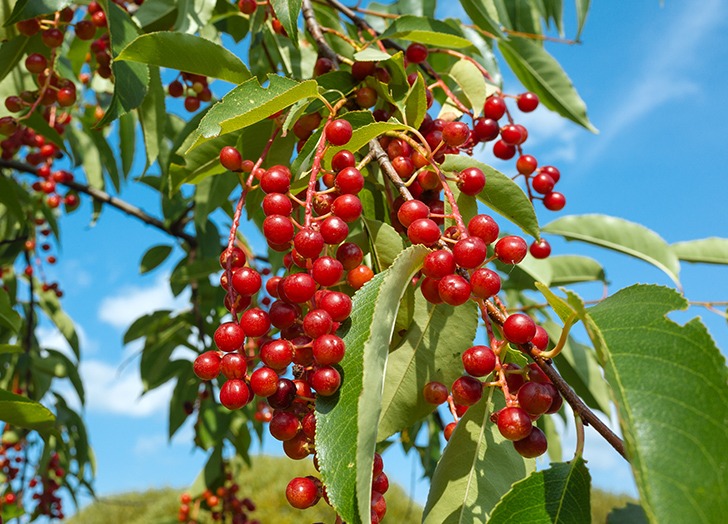
23. Chokecherry
- Scientific name: Prunus virginiana
- Taste: Bitter, astringent, tart
Health benefits: Not to be confused with chokeberries, chokecherries are chock-full of disease-fighting antioxidants and flavonoids, as well as quinic acid, which is hailed for preventing urinary tract infections. Research shows that quinic acid is also linked to improved circulation and blood vessel function. Native Americans used chokecherry tea to treat ailments like colds, tuberculosis and diarrhea, while the berries were eaten raw to aid digestion.
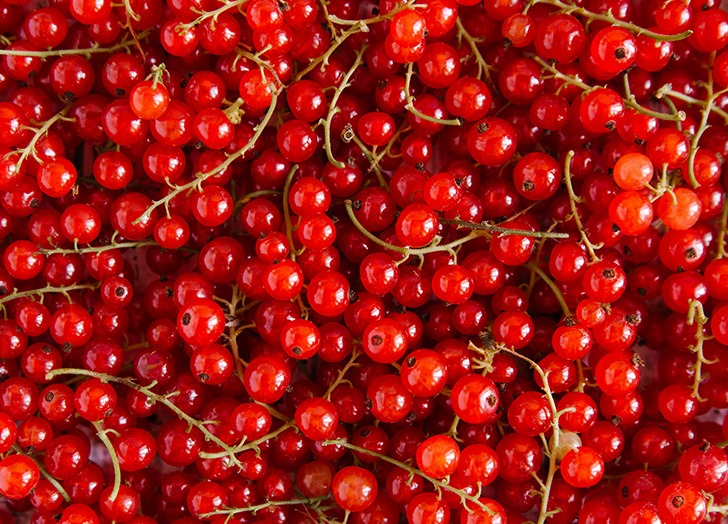
24. Red Currant
- Scientific name: Ribes rubrum
- Taste: Tangy, tart, slightly sweet
Health benefits: Red currants are high in antioxidants, flavonoids and vitamin B, which help protect the body’s tissues and ward off diabetes and apoplexy. Like black currants, red currants aid the immune and respiratory systems and are rich in fiber.
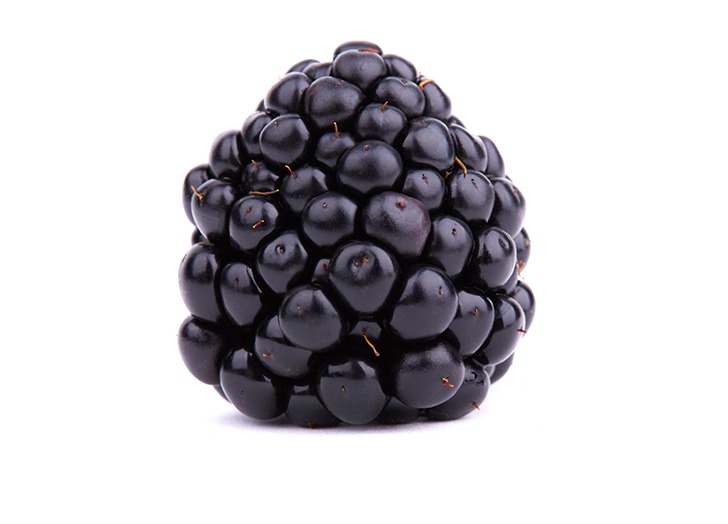
25. Dewberry
- Scientific name: Rubus flagellaris
- Taste: Tart, slightly sweet, slightly bitter
Health benefits: These wild black berries grow on long vines throughout the Pacific Northwest and taste similar to the blackberries you know and love, only more tart and bitter. They have significant amounts of vitamin A and C, magnesium, zinc and copper. Dewberries’ potassium content can also help lower blood pressure.
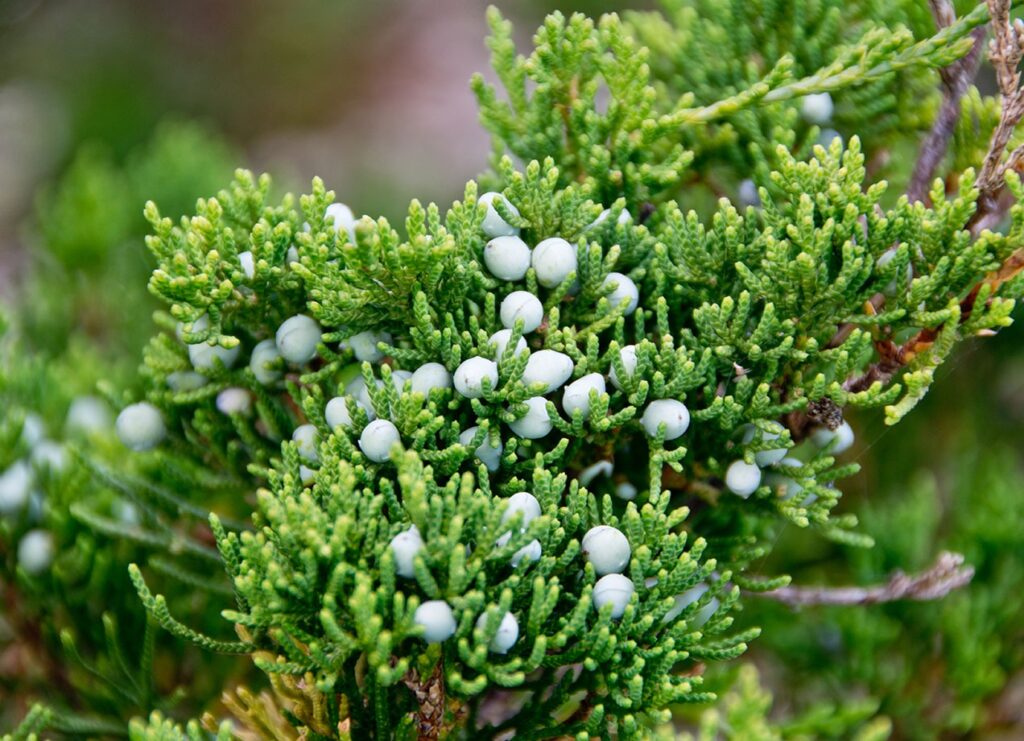
26. Cedar Berry
- Scientific name: Juniperus monosperma
- Taste: Sweet, piney, woody
Health benefits: Cedar berries are known for their mild antiseptic powers. Red cedar berries have been used by indigenous Americans in medicinal teas to fight colds and intestinal worms, as well as to soothe mouth sores, warts, skin rashes and acne. The berries can be eaten raw (whole or chopped) or dried in powder form. They can be hard to find in the wild unless you’re a skilled forager, but they’re also available at many herb and botanical shops.
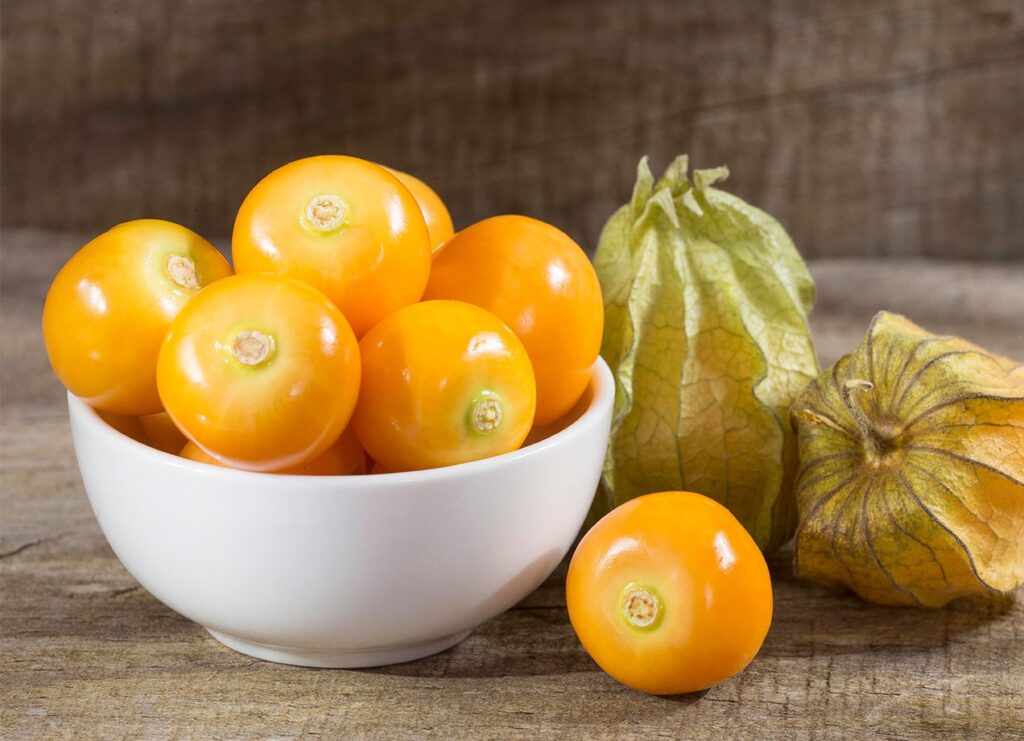
27. Cape Gooseberry
- Scientific name: Physalis peruviana
- Taste: Tangy, tart
Health benefits: Also called Peruvian groundcherries, pichuberries or golden berries, Cape gooseberries are known for their vibrant color and tomatillo-like outer husks. They’re packed with antioxidants and anti-inflammatories. They’re great for making jams, chutneys, sauces and pies, but they can also be eaten raw or blended in a smoothie or shake. They’re also prime for pickling.
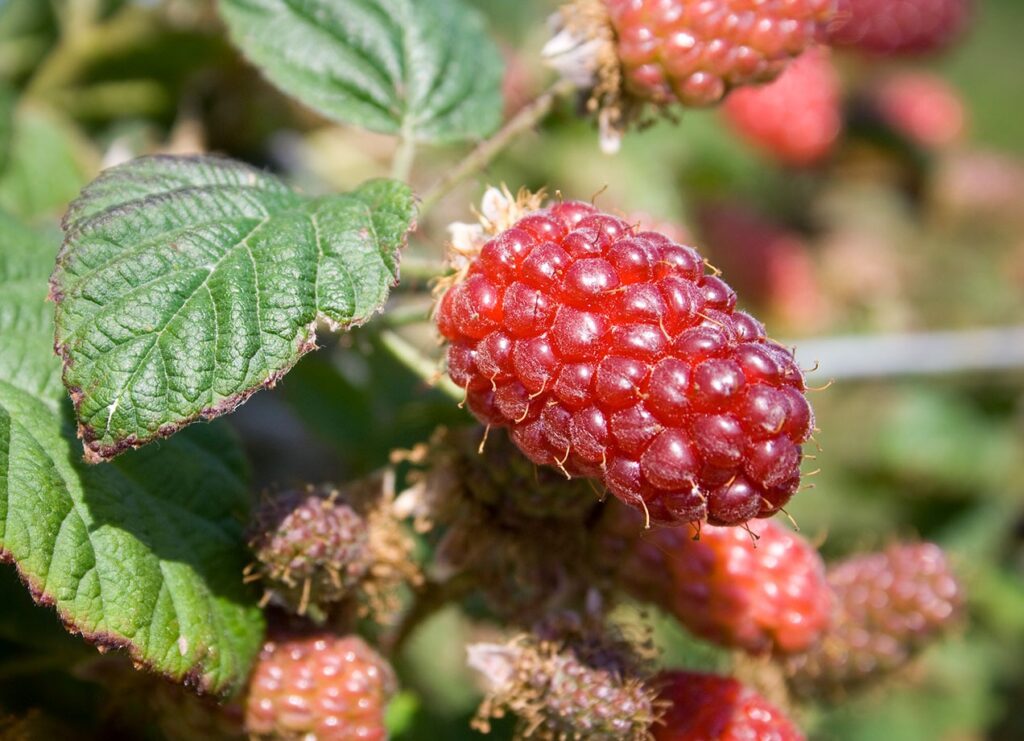
28. Tayberry
- Scientific name: Rubus fruticosus x idaeus
- Taste: Sweet, raspberry-like but less tart
Health benefits: These plump, juicy gems are packed with vitamin C and bioflavonoids. Thanks to their seeds, they’re also great sources of folate and fiber. Tayberries are sweeter, bigger and more delicate than raspberries, so they’re tough to pack and ship to grocery stores, but you may find them at farmers markets. Once you get them, use them in frozen desserts, baked goods and raw recipes.
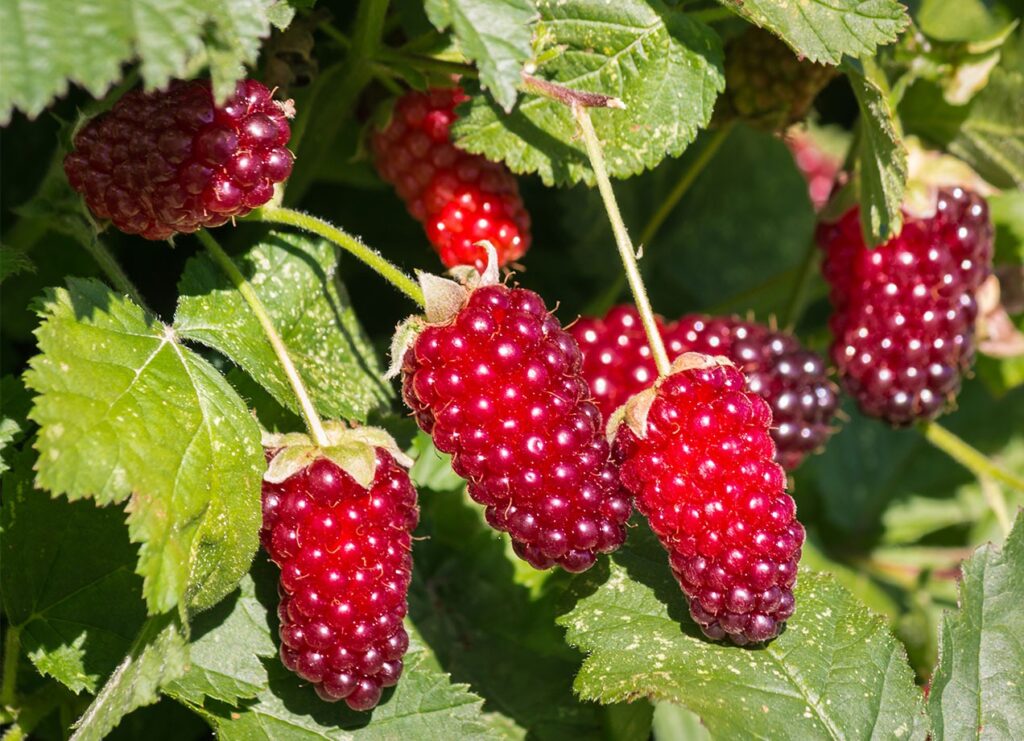
29. Loganberry
- Scientific name: Rubus × loganobaccus
- Taste: Sweet-tart, like a raspberry-blackberry hybrid
Health benefits: The loganberry’s high vitamin C content made them a favorite of the British navy back in the day to prevent scurvy. They’re also a stellar source of manganese, iron, folate, thiamin and riboflavin. Show them off in baked goods, jams and sauces, nosh on them raw or turn them into wine.
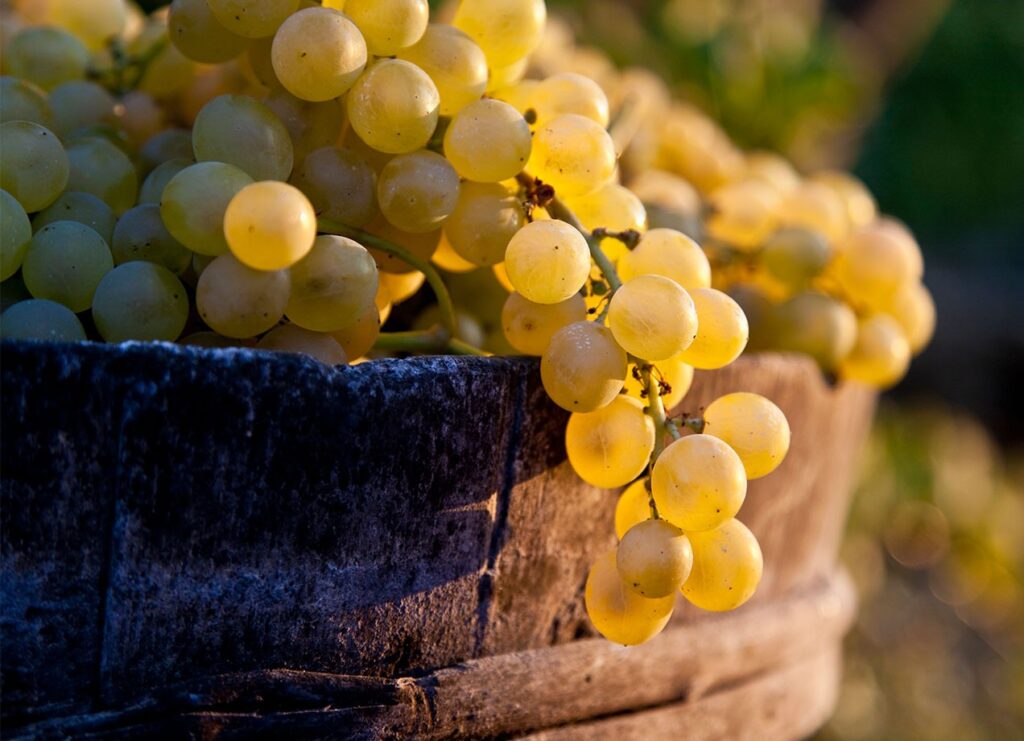
30. Grapes
- Scientific name: Vitis vinifera
- Taste: Red grapes are sweet, green grapes are sweet-tart
Health benefits: Yup, grapes are berries! This poppable fruit is loaded with copper, vitamin K, B vitamins and fiber alike. They may reportedly help lower blood pressure and cholesterol and are known for being heart-healthy. As you likely already know, there are plenty of ways to use grapes, like in juice, jelly and jam. But we think roasting and baking them really brings out their sweetness, both in sweet and savory applications.
Expert Tips for Buying and Storing Berries
“Most berries have very tender skins. They can mold easily because of their sugar content, so keeping them refrigerated and dry is key,” urges Stoler. While you should always thoroughly rinse berries, you should only do so right before eating them to extend their shelf life. If you’re not going to consume them before they spoil, wash and dry them, then pop them in the freezer to use in smoothies, sauces, pancakes or baked goods. (“I like to purée them and use as a topping,” suggests Stoler.)
Of course, if you have access to local berries that are grown near you, take advantage. “Consider buying berries when they are in season and regional,” says Stoler. “Buy what you can afford and will consume.”

Leave a Reply